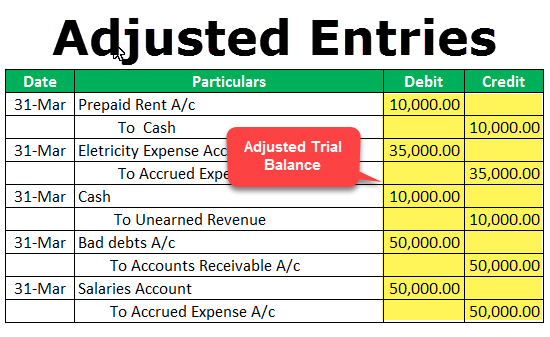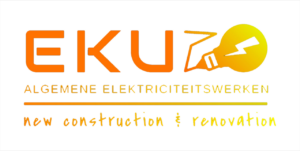
The incremental IRR also has some disadvantages that should be taken into consideration. For instance, it assumes that the projects are mutually exclusive and the order of the projects can lead to inconsistent rankings and decisions. Furthermore, it assumes that the incremental cash flows are reinvested at the same rate, which might not be true in reality. Therefore, these factors can affect the accuracy of the results and should be considered when making investment decisions.
Atmus Filtration catches new buy-equivalent ratings amid industrial sector move – Yahoo Finance
Atmus Filtration catches new buy-equivalent ratings amid industrial sector move.
Posted: Tue, 20 Jun 2023 07:00:00 GMT [source]
The three components that make up incremental cash flow are the initial investment, the operating cash flows, and the terminal cash flow. Incremental cash flow is an important asset in deciding whether to invest in certain assets. For example, if you have spare capital to invest in expanding an existing product line or investing in a new one, whichever one has the higher incremental cash flow should be the route to go down. Calculating the incremental cash flow of potential investments or projects can ultimately lead to better business decisions and long-term improvements in your net cash flow. Incremental cash flow describes the additional cash flow an organisation generates from taking on a specific new project or investment. It is a useful tool that helps a company’s management to decide whether to invest in a new project or not.
Common stock repurchases and market signalling
Sometimes, the decision for estimation of initial cash flow depends on profitability of a project or strategic purpose. Generally, initial cash flows are negative number because at a start of project or a business, there will be no returns. Incremental cash flow analysis is quite effective, but there are numerous limitations that should be considered while applying it.

Incremental cash flow is important in capital budgeting because it helps predict cash flow in the future and determine a project’s profitability. If your hurdle rate is 15%, this means you should choose project B over project A for a higher return. If your hurdle rate is 20%, this means you should choose project C over project D for a higher return.
Incremental cash flow FAQ
Some of the approaches used to measure capital budgeting expenses include the profitability index, internal or accounting rate of return, etc. This cash is estimated mainly at planning stages of a business or a project. Fixed capital, working capital, salvage value, tax rate, and book value are considered, while calculating the initial cash flows.
- Besides the potential variables within a business that could affect incremental cash flows, many external variables are difficult or impossible to project.
- Without proper distinction, project selection can be made based on inaccurate or flawed data.
- It is important to remember that inflow should not be the only factor considered when a decision is being made as to whether a project should be accepted.
- Between investment interest, late fees you collect, and basic sales, there are many income streams going on.
- Using incremental cash flow analysis, Company A can determine that Product 1 is the better option.
- Market conditions, regulatory policies, and legal policies may impact incremental cash flow in unpredictable and unexpected ways.
Choose the period you want to analyze and use the numbers from that time only in your formula. Don’t include any receivables or payables that aren’t sure to be part of the period in question. To check the health of your business in general, you can use a similar formula.
Accruals, cash flows, and operating profitability in the cross section of stock returns
FundsNet requires Contributors, Writers and Authors to use Primary Sources to source and cite their work. These Sources include White Papers, Government Information & Data, Original Reporting and Interviews from Industry Experts. Learn more about the standards we follow in producing Accurate, Unbiased and Researched Content in our editorial policy. However, they need to decide whether to add a microwaveable soup or rice entrée. It is important to remember that inflow should not be the only factor considered when a decision is being made as to whether a project should be accepted.
Then, find the discount rate that makes the NPV of the incremental cash flows equal to zero, which is your incremental IRR. By analyzing the incremental cash flows, the organization may determine attestation services if the acceptance of a project will impact the entity’s positive cash flow. Incremental cash flow (ICF) is the increased cash flow created by the business due to investing in a project.
Earnings management and firms’ investment behavior: The threshold effect of ROE
Moreover, a company should identify its business revenue, list the project’s initial costs, record business expenses, and compare the differences. At some point, many companies are frequently required to make particular funding decisions related to specific projects for profit and further successful development. However, it is essential to analyze the expediency of investments and the possibility of the cash flow’s increase. In order to evaluate incremental cash flow, a company should compare expected cash flows if it invests in a project and if it does not. The impact of the project’s acceptance on other business parts’ cash flow should be taken into consideration as well.
This would be the coffee beans as well as expenses such as the electricity to run the coffee machines and the labor to make and serve the coffee, among others. In the case of our coffee shop example, this would be the cash made from selling the coffee after subtracting the raw materials and expenses. This would include items such as a grinder, drip coffee machine, espresso machine, milk, and even the first bag of coffee.
What is an example of an incremental cash flow?
Incremental cash flow is the net cash flow from all cash inflows and outflows over a specific time and between two or more business choices. For example, a business may project the net effects on the cash flow statement of investing in a new business line or expanding an existing business line.

